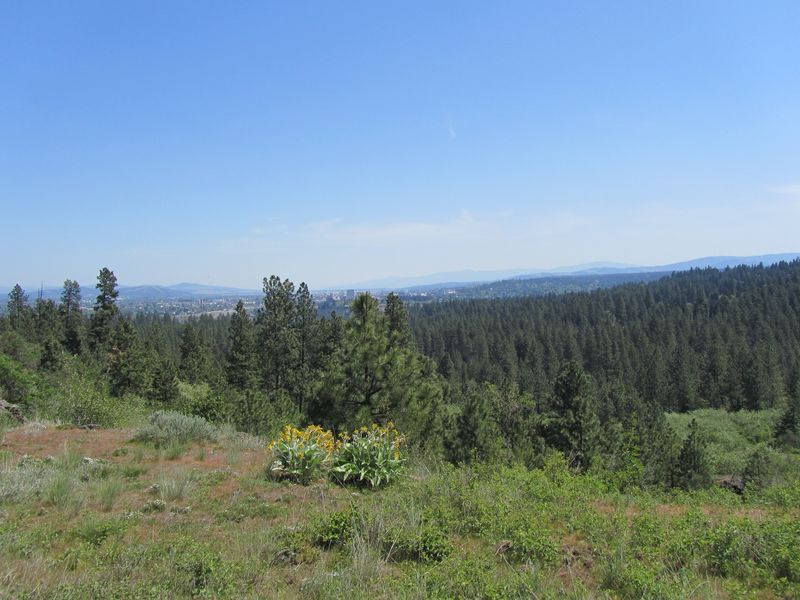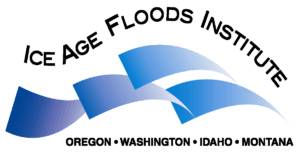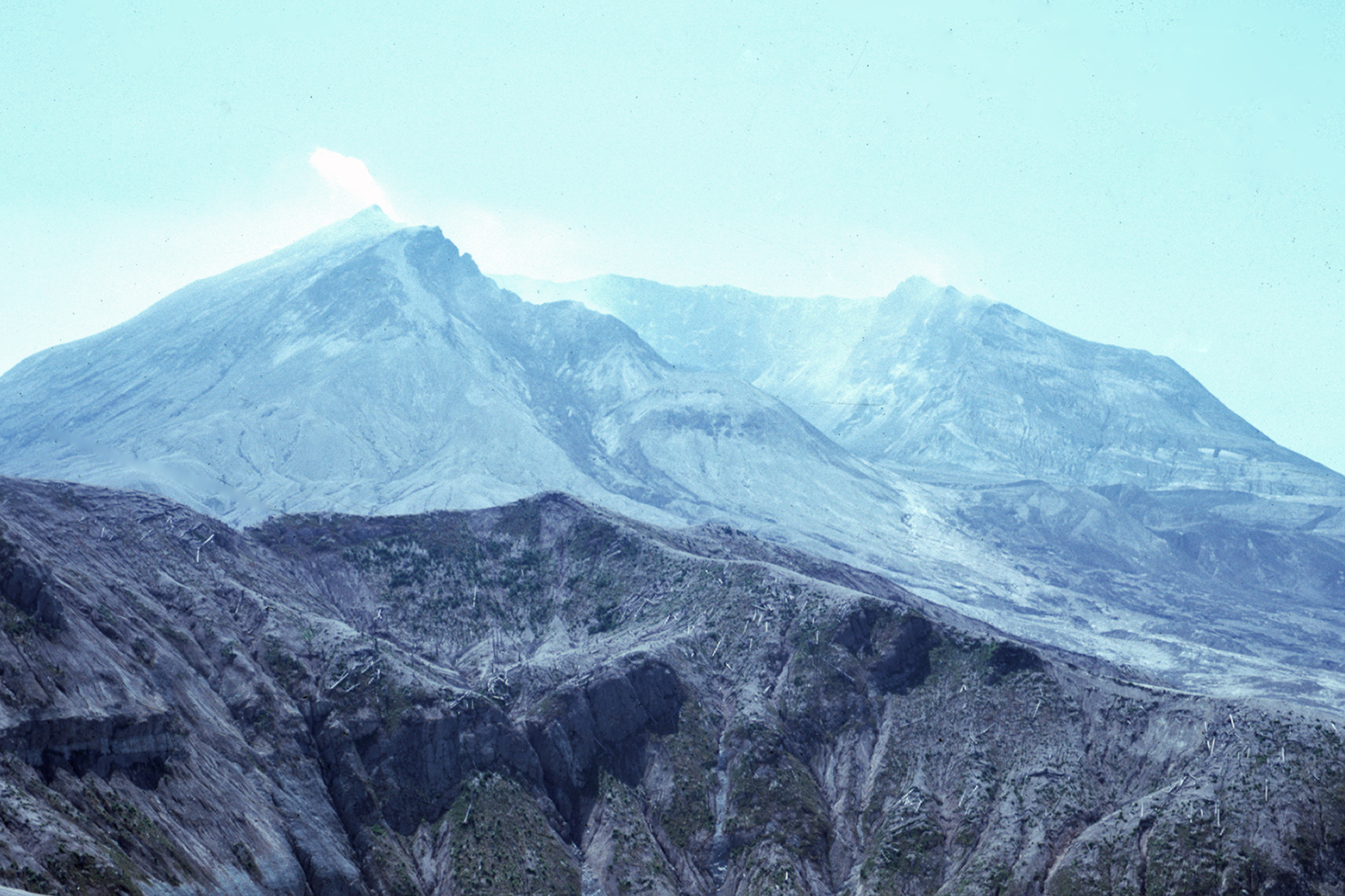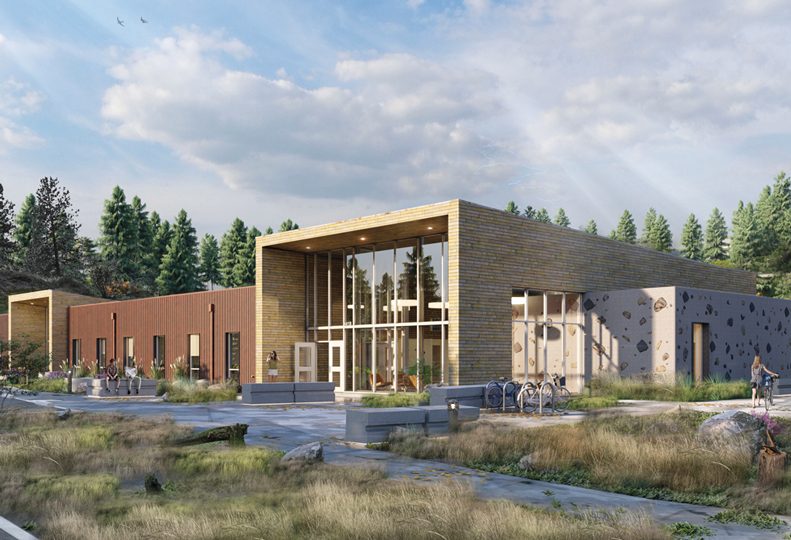Get ready for the Ice Age Floodfest 2025, an unparalleled celebration of the cataclysmic events that carved out the Pacific Northwest's iconic channeled scablands! Dive deep into the geological story that spans millennia and reshaped the very landscape beneath our feet. From towering coulees to vast dry falls, the evidence of these ancient, colossal floods is everywhere, and this year's Floodfest promises to raise your awareness and understanding of their incredible power and lasting impact. Join us in the Lower Grand Coulee for a day of expert-led talks, fascinating field trips, and engaging exhibits that will transport you back to a time when mile-high ice dams burst, unleashing torrents of water that dwarfed any flood in human history. Whether you're a seasoned geologist or simply curious about the natural wonders around you, the Ice Age Floodfest 2025 is an event you won't want to miss! Presenters will share their knowledge and their appreciation of Ice Age Floods Geology, the Channeled Scablands, Shrub Steppe Ecosystems, Anthropology, Archeology, and History. Field Trip Hike: 9:00 AM – 10:30 AM Where: Lake Lenore Caves Heritage Area Bruce Bjornstad, a Research Scientist based in Richland, Washington and author of the popular ‘On the Trail of the Ice Age Floods’ guidebooks, will lead an educational hike from the Lake Lenore Caves trailhead. The park is situated above Lake Lenore, and it offers stunning views of the valley. The caves themselves are shallow basalt formations created during the Great Missoula floods. Outdoor Booths: 10 AM – 3 PM on the campus of Dry Falls Visitor Center. Featuring Federal, State, Confederated Tribes of the Colville Reservation, Nonprofits, Historians, Authors, & Volunteers Where: Dry Falls Visitor Center – Sun Lakes Dry Falls State Park 35661 HWY 17 North, Coulee City, WA 99115 Ice Age Floods Institute - Lower Grand Coulee Chapter and other Ice Age Flood Institute chapters from Oregon, Idaho, Montana, and Washington. The Confederated Tribes of the Colville Reservation will have historic photographs telling the story and the history of the Confederated Tribes of the Colville Reservation. They will also share the legends of the beautiful landscape of the Dry Falls area and surrounding landscape. Dr. Karen Capuder - Anthropologist and Senior Archaeologist Colville Tribes, will share some of the cultural and political history of the Colville Tribes, from time immemorial to the present day. Grant County Historians/authors: Dan Bolyard & John M. Kemble – Dan Bolyard has been a lifelong Grant County Big Bend area resident and railroad historian. John M. Kemble is a local historian and explorer highlighting Dry Falls, Sun Lakes, Steamboat Rock, The Grand Coulee, and Banks Lake. North Central Regional Library –April Harward, learn about the NCW Summer Library programs - captivating storytelling to engaging workshops and fun activities, everyone can unleash their unique voice and explore their passions. National Park Service – Justin Radford, Program Manager for the Ice Age Floods National Geologic Trail with a Mobile Interpretive Center showcasing the Ice Age Floods National Geologic Trail, the Lake Roosevelt National Recreation Area, and The Grand Coulee a National Natural Landmark. Foster Creek & Columbia Basin Conservation Districts – programs on Shrub Steppe ecology, water resources, wildlife, and native vegetation. Washington Department of Wildlife – wildlife found in Eastern Washington as well as the enhancement and preservation work that is done in the Columbia Basin. Archeologist – Mark Amara, Kim Lancaster, and Kellie Green; representing the Cascadia Conservation District, USDA Natural Resources Conservation Service. Their booth will highlight the importance of historical artifacts, tools of the trade, and hands-on activity too. Bureau of Reclamation – will have an overview of the Columbia Basin Irrigation Project, and the Grand Coulee Dam. Presentations: 10 am - 3 pm Where: inside/upstairs in the Dry Falls Visitor Center NPS Ranger Justin Radford Ranger David McWalter 10 am – 11 am: Justin Radford, Program Manager, NPS, Ice Age Floods National Geologic Trail, will present an overview of this unique geologic trail starting in Montana, through Idaho, Oregon, and Washington. Interpretive Specialist, David McWalter, will present an overview of Washington's Ice Age Floods, introduce the rugged terrain of eastern Washington that was shaped by floods of unimaginable power during the last ice age, and share how the scientific views of the landscape have changed over the last century. 11:30 am – 12:30 pm: WA DNR, Geologist Joel Gombiner will present an update on recent studies of Washington’s Ice Age Floods and introduce a new lidar-based visualization of Dry Falls. 1 pm – 2 pm: WA State Parks, Interpretive Specialist 1, Sarah Overby will present "Brushstrokes: The Colorful Story of Lichen". From rocks, trees, soil, and pretty much anything that will sit still long enough, lichen will spring up in robust colonies. Crusty, leafy, or even… fuzzy? They paint beautiful bright oranges and greens across the dark basalt rock and the branches of the sagebrush, but what are they doing there? This 45-minute presentation aims to dive deeper into the complexities of lichen and discuss its impact on ecosystems as well as its impact on us. 2:30 pm – 3:00 pm: Viewing of Bruce Bjornstad’s - "Ice Age Floodscapes" Bretz’ Great Cataract Group Primordial Potholes Coulee Grand Coulee – NW Exposures Dry Falls Deep Lake Potholes Dry Falls Visitor Center - weather station - up-to-date weather conditions at Dry Falls provided by the National Park Service. Watch a timelapse of the past 24 hours by clicking on the small photo, enlarge, press play, and enjoy!








